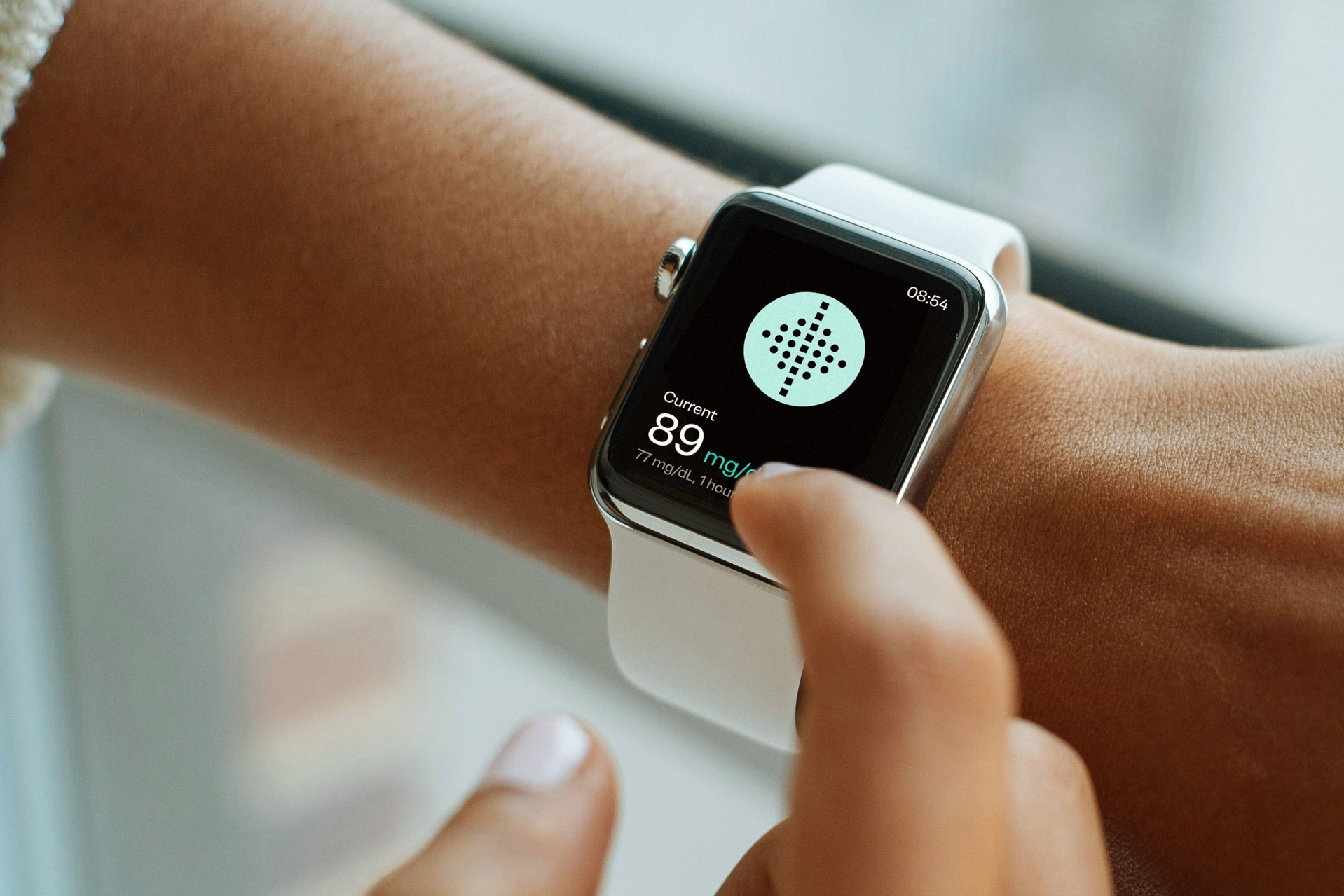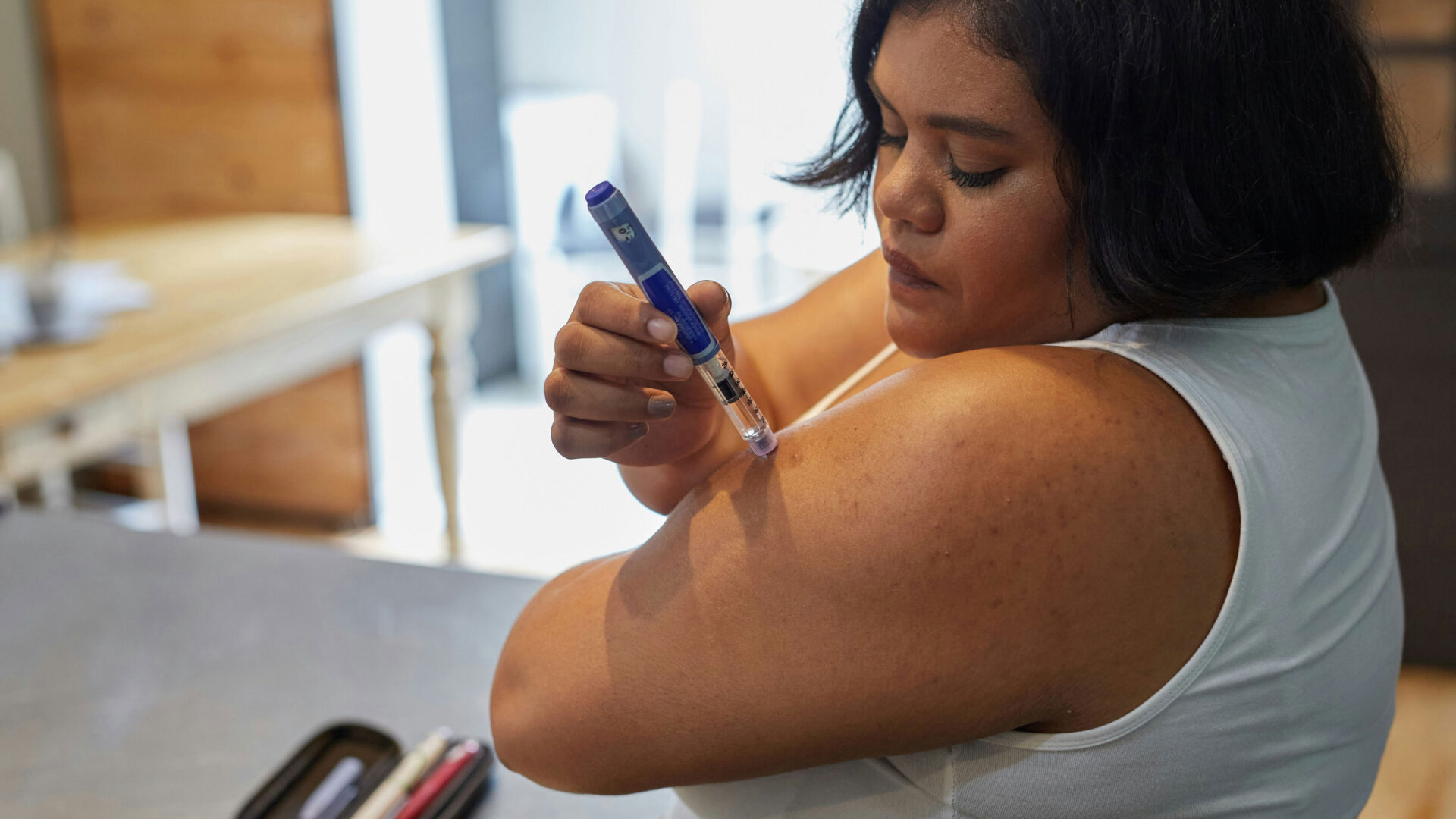
Next generation of Continuous Glucose Monitoring
Sencell
Sencell incorporates a 3D printed nano-sensor and is implanted under a person’s skin. Sencell continuously measures the osmotic pressure in the inner sensor chamber which is directly correlated to a person’s glucose levels. Sencell lasts a minimum of six months and measures a person’s glucose levels in real time. The data are transferred wirelessly to a smart device (smart phone or smart watch), allowing the user to control their glucose levels.

Next generation of Continuous Glucose Monitoring
The Sencell glucose monitoring system includes an osmotic pressure sensor (sensor core), transmitter (sensor electronics) and a mobile medical application (reader) to continuously measure glucose in the interstitial fluid.
Summary Sencell:
- Size of a grain of rice. The Sencell sensor has been developed to a point that allows the sensing element to be put i…
- Size of a grain of rice. The Sencell sensor has been developed to a point that allows the sensing element to be put into a hypodermic needle. This represents proof of the concept and pave the way for studies in humans with an injected device. The Sencell dimensions are targeted to be 2*3*6 mm3.
- Injected under the ski. No regular pricking or unpractical transmitters. The Sencell sensor is injected under the skin on the wrist and operates independently.
- Longevity – The Sencell sensor provides additional comfort with its minimum 6 months long life span.
- Continously Glucose Monitoring (CGM) – Sencell requires very little operating energy to transfer real time glucose data wirelessly from the sensor to your smart device. The sensor is self-sustained with energy and reads glucose data continuously.
- Wireless data transfer – glucose data will be accessed on a smart device. No unpractical transmitters are needed.
Market overview
The Continuous Glucose Monitoring (“CGM”) device market has experienced significant growth due to the increasing prevalence of diabetes, technological advancements, and the rising demand for effective diabetes management solutions. It is estimated by the International Diabetes Federation (IDF) that c. 537 million adults were living with diabetes in 2021 and that the number of adults living with diabetes is projected to grow to c. 643 million by 2030 and 783 million by 2045. Among these, a small number of the world population living with diabetes utilize CGM devices, varying by region and country.
End-users of CGM devices are individuals living with diabetes who rely on glucose monitoring for management of their disease, however, alternative use cases are being explored such as, for athletes, critically ill patients and pets. CGM systems provide real-time data and alerts, which for many individuals living with diabetes, are vital for managing blood glucose levels effectively. The diabetes prevalence is highest among adults, and as such, represents the largest segment. However, diabetes, mainly Type 1 Diabetes, also occurs among children and represents an important segment for CGM systems.
Diabetes patients can be found all around the world, as such development, production and sale of CGM devices happens globally and is an international market. Currently, the largest markets for CGM devices are (1) North America, due to high diabetes prevalence, advanced healthcare infrastructure and strong technology adoption, and (2) Europe, due to growing awareness of benefits of CGM devices and supportive reimbursement policies. Furthermore, the Asia-Pacific region is characterized by growing the fastest, due to rising diabetes prevalence, increasing healthcare expenditure and awareness campaigns, although there are variations across the region. Several of the largest healthcare companies internationally provide a diabetes product offering, such as Dexcom, Inc., Medtronic PLC, Abbott Laboratories, Senseonics Holdings, Inc. and Roche.

The CGM market
Lifecare operates within several market segments, primarily focused on developing advanced sensor technologies for continuous monitoring of glucose levels.
Lifecare’s primary market segment is the development of the Sencell technology, a next-generation CGM system. The Sencell technology uses osmotic pressure-based sensors to provide continuous and accurate glucose monitoring for people with diabetes. Lifecare aims to improve quality of life for diabetes patients by offering a more reliable and implantable non-invasive and long-term glucose monitoring solution.
Currently, most approved CGM devices on the market, such as those from Dexcom, Medtronic, and Abbott, are attached to the skin with a small needle that penetrates the skin to measure glucose levels based on glucose oxidase technologies. These devices typically have a sensor lifespan of 7-15 days. In contrast, Senseonics offers an implantable alternative, the Eversense, which utilizes a fluorescent chemical reaction to measure glucose levels and has a longer lifespan of up to 180 days (Eversense Diabetes Eversense E3® CGM SYSTEM).
Lifecare’s Sencell technology represents a different approach. It is an implantable device that uses osmotic pressure- based technology to monitor glucose levels. Sencell aims for a longevity of 172 days, and uniquely, the device is the size of a grain, making it much smaller than current alternatives. This innovation could potentially offer a more convenient and long-term solution for continuous glucose monitoring compared to existing technologies.